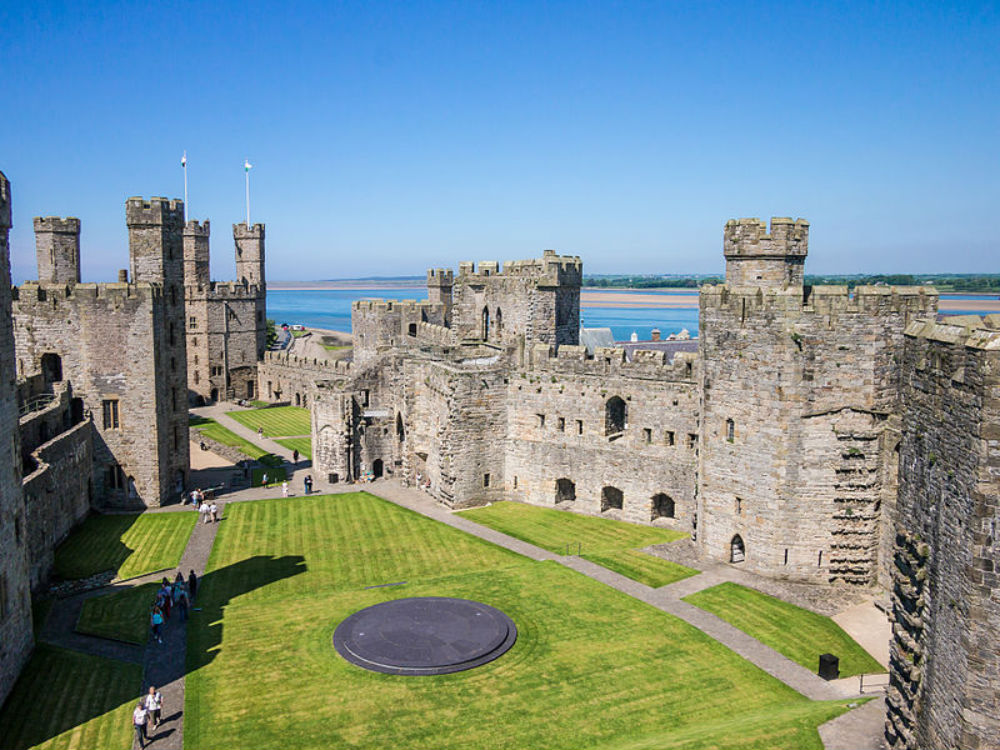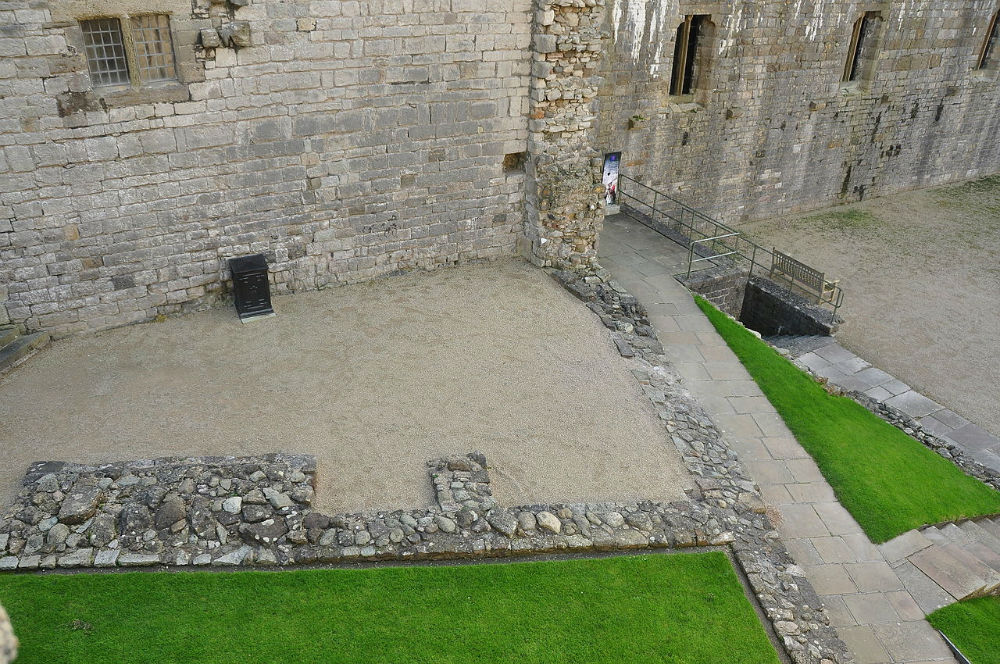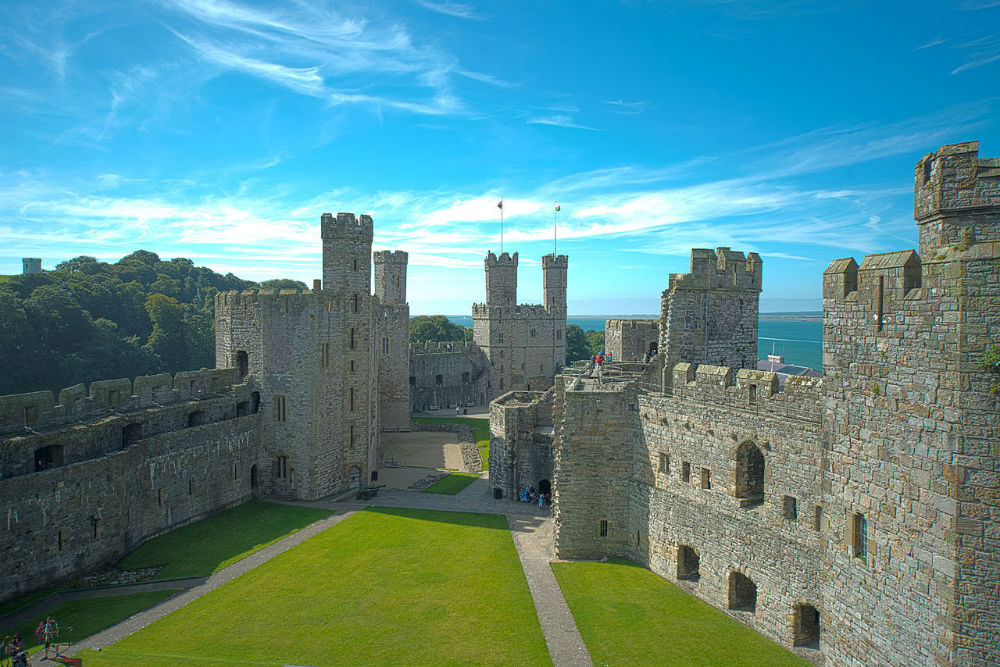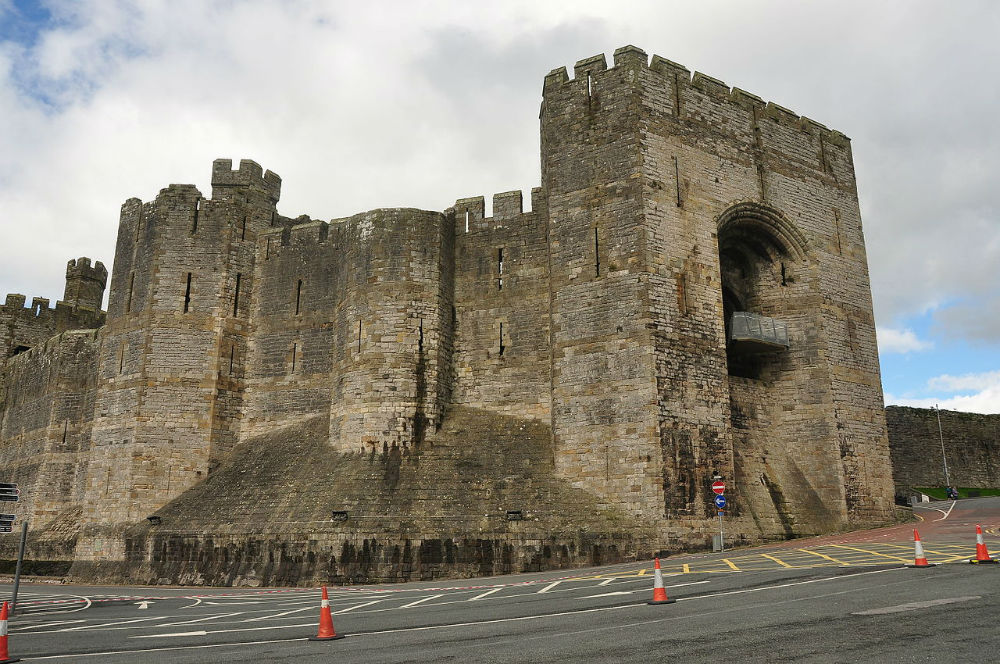Site Name: Caernarfon Castle (also known as Caernarvon or Carnarvon Castle)
Country: Wales
County: Gwynedd
Type: Medieval fortress
Nearest Town: Caernarfon
Map Ref: SH46SE
Landranger Map Number: 115
Latitude: 53.1393N
Longitude: 4.2769W

Caernarfon Castle is one of the sites under protection of Cadw (the historic environment service of the Welsh Government). It is a striking medieval fortress. King Edward I of England started building it in 1283, over the foundation of motte-and-bailey castle from the late 11th century.
The building was finished on the outside in 1330, and the entire project cost £20,000 – £25,000.
The walls built around the town were meant to protect the castle from invasions.
The architecture of the early castle
Let’s start the Caernarfon Castle facts with some early history, which is often the most challenging aspect for students studying architecture, archeology, and history. These are the kinds of topics that often prompt them to hire Australian assignment help. But history can be very interesting when you get a bit deeper into it.

This early castle was one of three castles that Hugh d’Avranches, Earl of Chester built with the intention to put north Wales under Norman rule. The motte-and-bailey castle was bordered by the Menai Strait and the River Seiont. The Edwardian castle integrated the motte, but it isn’t known where the original bailey was. Excavations only show that a wooden tower was built on top of the motte.
Do you see how interesting history is? You can let your imagination do the rest. However, scientists don’t work by imagination and they continue investigating the site and documents written about it. The Domesday Survey of 1086 tells the story about Hugh d’Avranches, who killed his cousin Robert of Rhuddlan – the Norman who was previously in command of northern Wales.
The Caernarfon Castle Wales as we know it today
The current appearance of the castle was planned and executed by King Edward I. The castle, quay, and town walls were built over the same period of time. It was a massive project that took 47 years to complete.
The plan was built in accordance to the terrain and the earlier castle that existed there. The complex is divided into two parts: the upper ward in the east, and the lower ward in the west. The simple, short perimeter walls we see today were supposed to be complemented by internal buildings, which were never built.

Seven polygonal main towers and two smaller ones strengthen the defensive walls. The northern towers are simple, with three floors. The most impressive part of the site is the Eagle Tower, positioned on the west side. The guards on this tower were in position to see anyone approaching the town by water.
The Well Tower, built to the east of the Eagle Tower, hides a castle well inside. It is 15-meters deep, and it supplied the castle with drinking water.
East from the Well Tower, we can see what’s left of the kitchen area. The remains show that it was going to be built of stone.
The King’s Gate, located in the middle of the northern fortification, was supposed to be grandiose but was never completed. This is the gate that leads to the town. Two polygonal towers are connected, creating a passage in between.
The southern side of the fortification was protected by the Chamberlain Tower. It has survived in a good condition, so we can admire it today. The inside of the castle, however, was never completed and destroyed in part. The plans are impressive, but it’s sad they never came to full realisation.
To read more about the castle, you can visit the website of Cadw.

Isn’t History Fun?
It’s amazing to see how architecture was strategically developed to suit the surroundings and the needs of societies back in history. The castle in Caernarfon, Wales is an impressive building that withstood the test of time with minimal damage.
It is known as one of the most impressive castles of the Middle Ages, and it has an interesting story to tell.
It’s unique among other Edwardian castles in Wales with its polygonal towers and stripes of colored stones. It’s an amazing site that every lover of history, architecture, and archeology should see.

